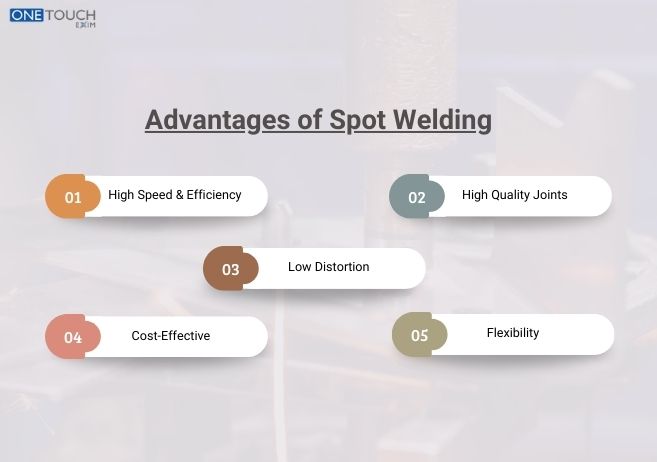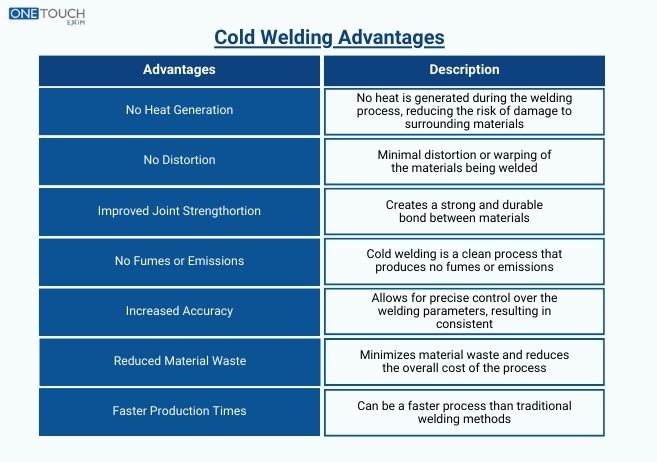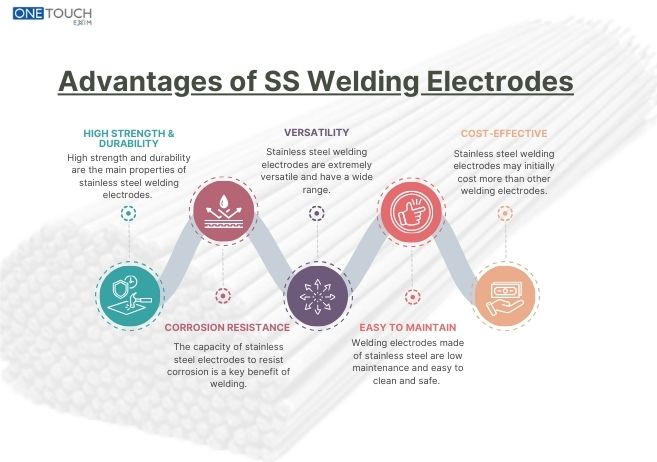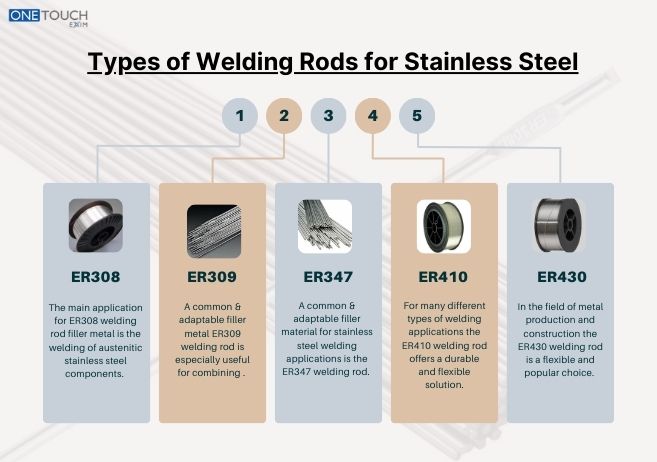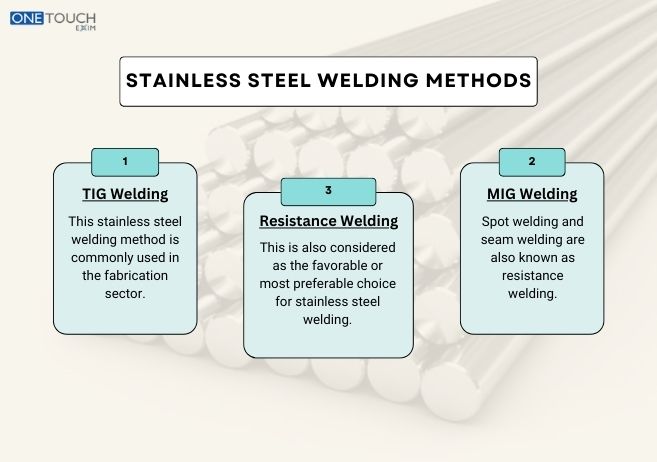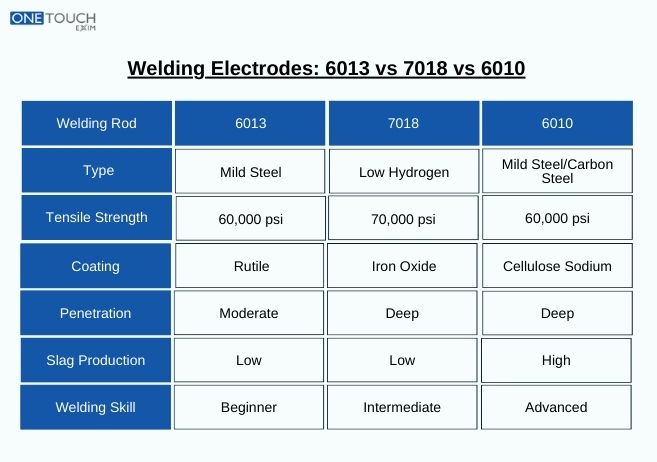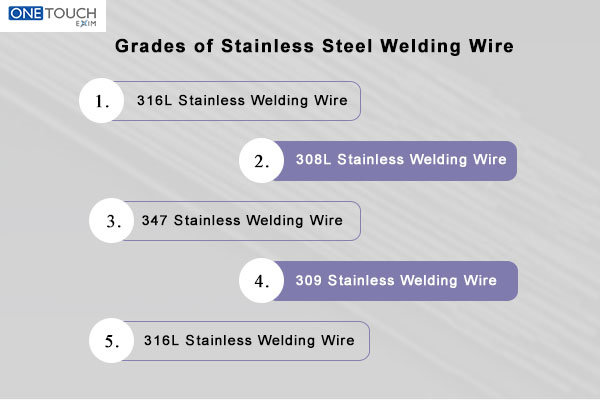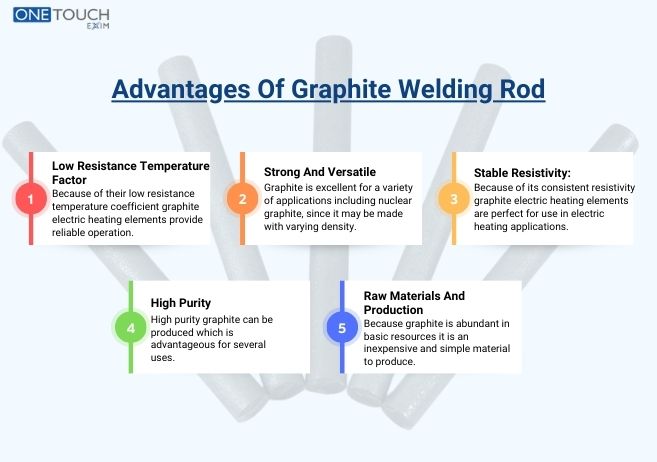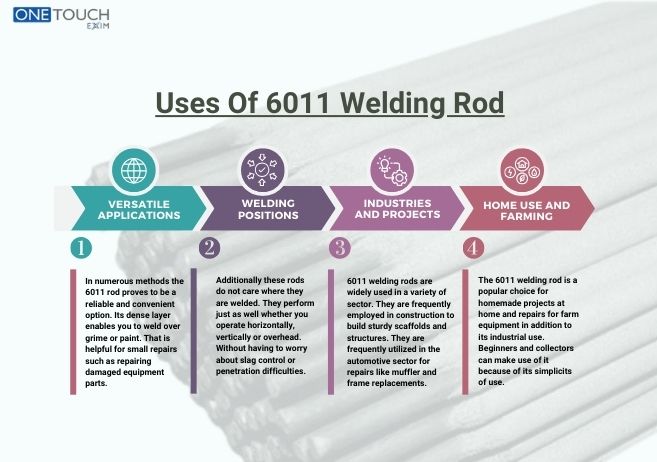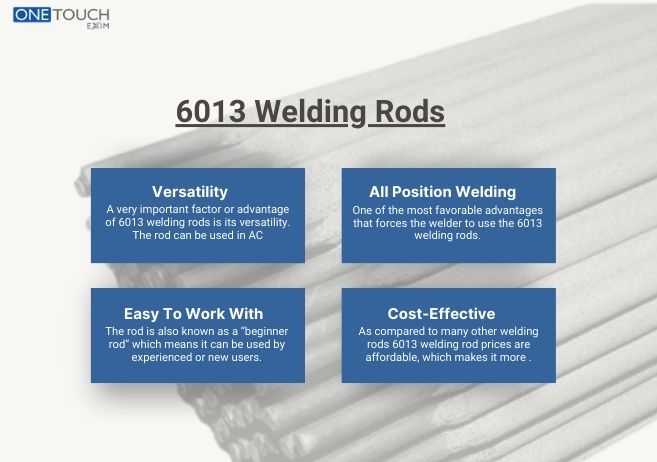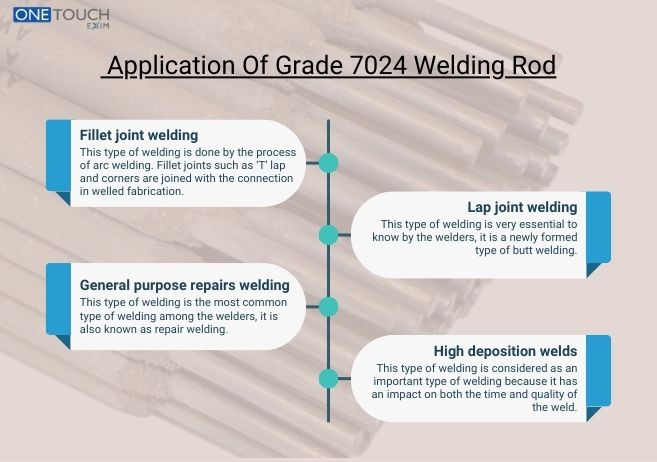Spot Welding in which pressure and a high current applied to the surfaces of the parts to be welded, confined within a small area. The resistance creates very high heat, fusing the metal at the point of contact into a liquid “nugget”. Stopping the current, allowed the nugget to cool and ready under ongoing pressure, forming a solid welded area. It is very fast and economical, but is not typically used to form an entire part; rather it is used to join steel sheets around the edges. The role of the sheet metal panel in auto body engineering is large, because it generally confines vehicle occupant space on three sides-occupants are “sandwiched” between the sheet metal floor from below and the sheet metal roof from above.
What are the Unique Features of Spot Welding?
Some of the unique things with spot welding is how fast it is, welds can be made in hundredths of a second. It provides a spot only at the point of contact to prevent heat distortion in the finished piece. It provides a very cost effective, efficient method for attaching over-lapping metal (up to 125”) without the need of hole preparation. It leaves a characteristic impression or “weld nuggets” on either side. More importantly it can be readily automated; as a result, it has served at the heart of high-volume manufacturing, such as automotive assembly lines where robots perform thousands of uniform spot welds per vehicle.
How Spot Welding Works?
Spot welding involves clamping together two overlapping metal sheets between copper alloy electrodes under pneumatic or hydraulic pressure. Very strong electrical current is then made to pass through the said electrodes for a predetermined time. Heat of the magnitude that melts a small amount (usually several layers) of material, forming a molten “nugget”, is produced as electrical resistance between the two metals at the weld site. The power is turned off, but the pressure remains and now the nugget can cool quickly and solidify. This forms a powerful, fused weld joint at that particular point to join the sheets.
Materials Suitable for Spot Welding
Spot welding tips are not just pieces of a rod, they are of specific copper alloys. Typical materials include RWMA (Resistance Welding Manufacturers Alliance) Class 2 alloys such as chromium copper (CuCr) and Zirconium copper (CuZr) which represent a good compromise between high electrical conductivity and hardness in increased temperatures. These are key to prevent adherence and distortion under pressure and to conduct the enormous welding current. Softer, high conductivity alloys are employed too for some applications subject to lesser force.
Applications of Spot Welding
The application isn’t spot welding electrodes, or “rods” but they are the tools that make a process possible. Their significant use is in automatic fabrication for the loose linking of metallic skims, This is particularly important to the automotive sector since it is used to make automobile bodies, frames and parts. They are also widely used in the manufacture of domestic appliances such as ovens and washing machines, commercial appliances (such as vending machines and commercial coffee, grilling, dish-washing and laundry equipments), electronic enclosures, utility cabinets, office furniture that requires high rigidity (e.g. if drawers must remain unsprung under stringent specifications) and high end store fixtures. The electrodes carry current and deliver force, enabling the spot weld. Each type of torque-flexible joints is designed and manufactured to the specific applications thereby guaranteeing a consistent, superior weld quality and long service lives.
Advantages of Spot Welding
- Strong Dynamic :- The welding time for each point is only a few milliseconds and there’s no need to generate hot melt material.
- Economical :- The process is efficient, uses no filler material and is low cost per weld.
- Highly Automatable :- Ideal for robotic arms to enable quality and integration between assembly lines.
- Energy Saving :- Focus of the heat only at the weld point reduces energy loss.
- Clean Process :- It does not fume, fume or spark is added to the process thus increasing safety in the workplace.
- Strong, durable weld creates strong welds with low hydrogen porosity; suitable for sheet metal welding applications.
Disadvantages of Spot Welding
- Restricted Joint Design :- not recommended for butt or edge joints.
- Material Limitations :- Suitable for low-carbon steels, but not effective on many non-ferrous metals, thick sections or dissimilar materials.
- Surface Preparation :- Needs oxide free and clean surfaces for consistent quality with an extra preprocessing step.
- Apparent Traces :- Imprints (electrode pitting) on both surfaces of the workpiece.
- No Sealing :- The individual weld nuggets do not form a seal such as an air/water tight seal.
- Expensive Equipment :- The specialized equipment and transformers are expensive.
Conclusion
Spot Welding is a highly efficient and economical process paramount to modern manufacturing, particularly in automotive and appliance industries. While its application is limited to overlapping sheet metal and requires significant initial investment. Its advantages in speed, automation and consistency makes it an indispensable technology for mass production.
